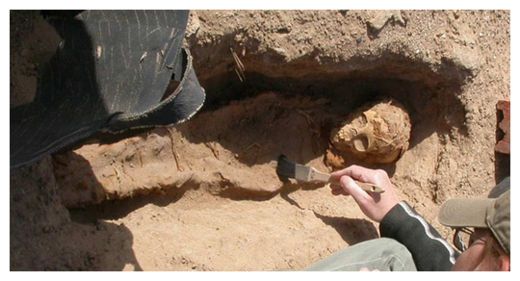
Researchers made this discovery at a cemetery in the Dakhleh Oasis in Egypt whose burials date back around 1,800 years. The oasis is located about 450 miles (720 kilometers) southwest of Cairo. The people buried in the cemetery lived in the ancient town of Kellis, with a population of at least several thousand. These people lived at a time when the Roman Empire controlled Egypt, when Christianity was spreading but also when traditional Egyptian religious beliefs were still strong.
So far, researchers have uncovered 765 graves, including the remains of 124 individuals that date to between 18 weeks and 45 weeks after conception. The excellent preservation let researchers date the age of the remains at death. The researchers could also pinpoint month of death, as the graves were oriented toward the rising sun, something that changes predictably throughout the year.
The results, combined with other information, suggested the peak period for births at the site was in March and April, and the peak period for conceptions was in July and August, when temperatures at the Dakhleh Oasis can easily reach more than 100 degrees Fahrenheit (40 degrees Celsius).
The peak period for the death of women of childbearing age was also in March and April (exactly mirroring the births), indicating that a substantial number of women died in childbirth.
Although attempts have been made in the past to piece together ancient Egyptian birth patterns using census records, researchers say this is the first time that these patterns have been determined by looking at burials.
"No one has ever looked at it using the actual individuals themselves, the biological aspects of it," said lead researcher Lana Williams, a professor at the University of Central Florida, in an interview with LiveScience.
The team presented their research recently at the annual meeting of the Society for American Archaeology in Honolulu.


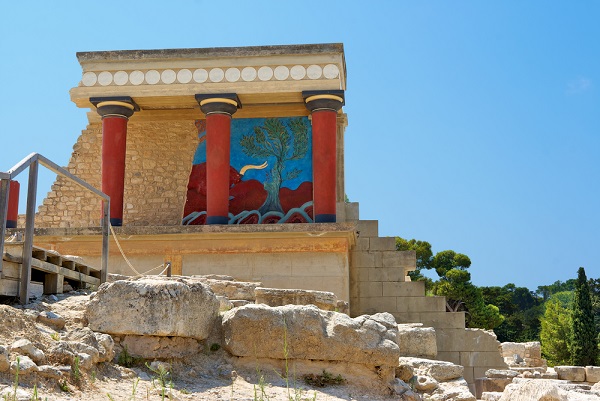
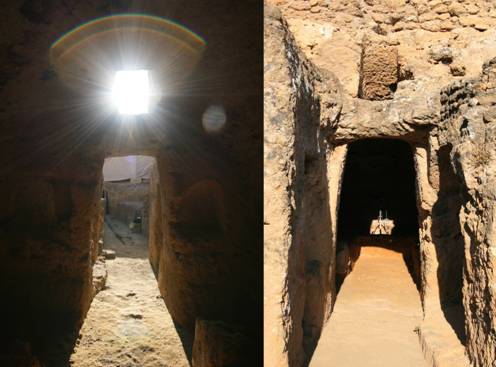
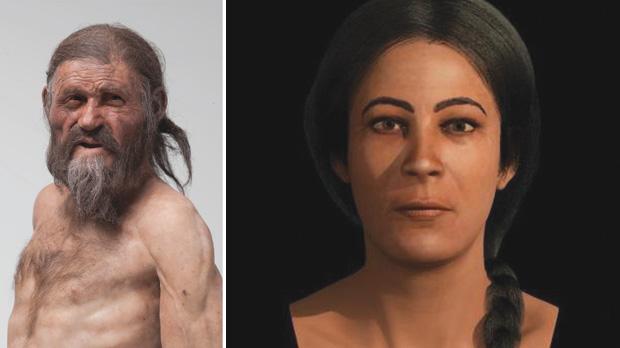
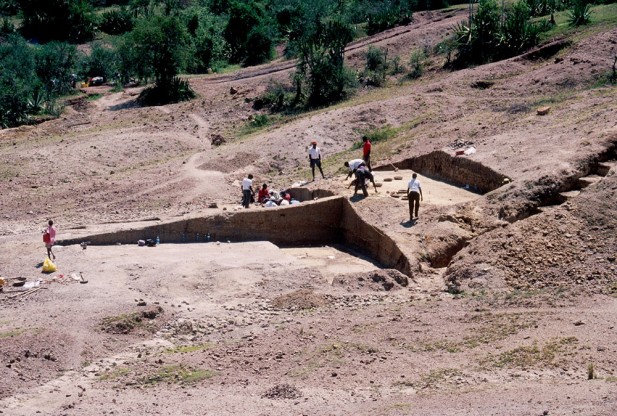
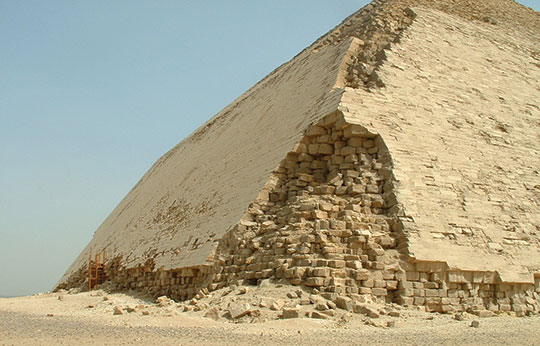
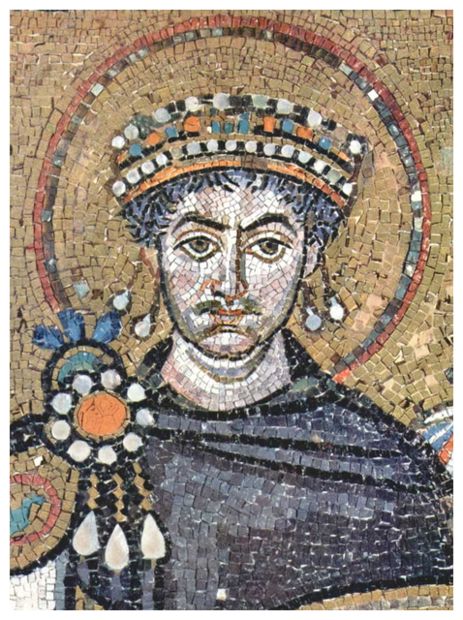
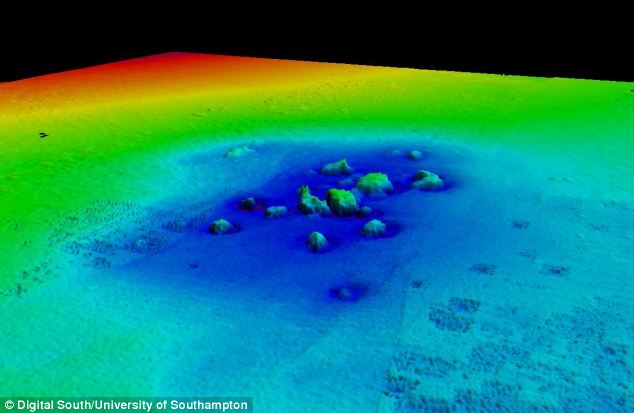



Comment: For an in-depth analysis of the problem of DNA testing and cross contamination read Return of the Black Death: The World's Greatest Serial Killer by Susan Scott and Christopher Duncan from the University of Liverpool. As it is pointed out in New Light on the Black Death: The Viral and Cosmic Connection: Plagues helped bring down entire civilizations, but they were most likely caused by dangerous viral diseases. For more in-depth reading about the Black Death read Laura Knight-Jadczyk's latest new book Comets and the Horns of Moses.